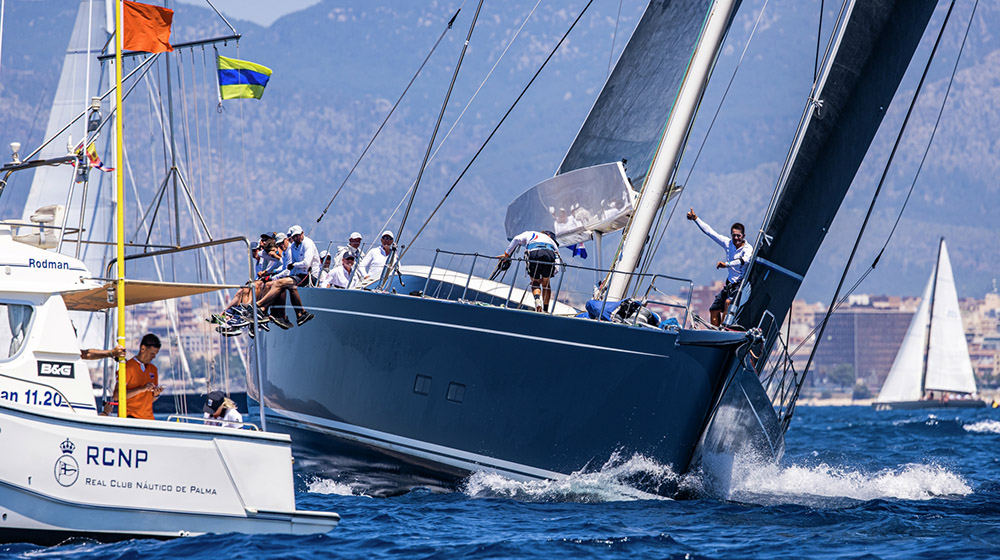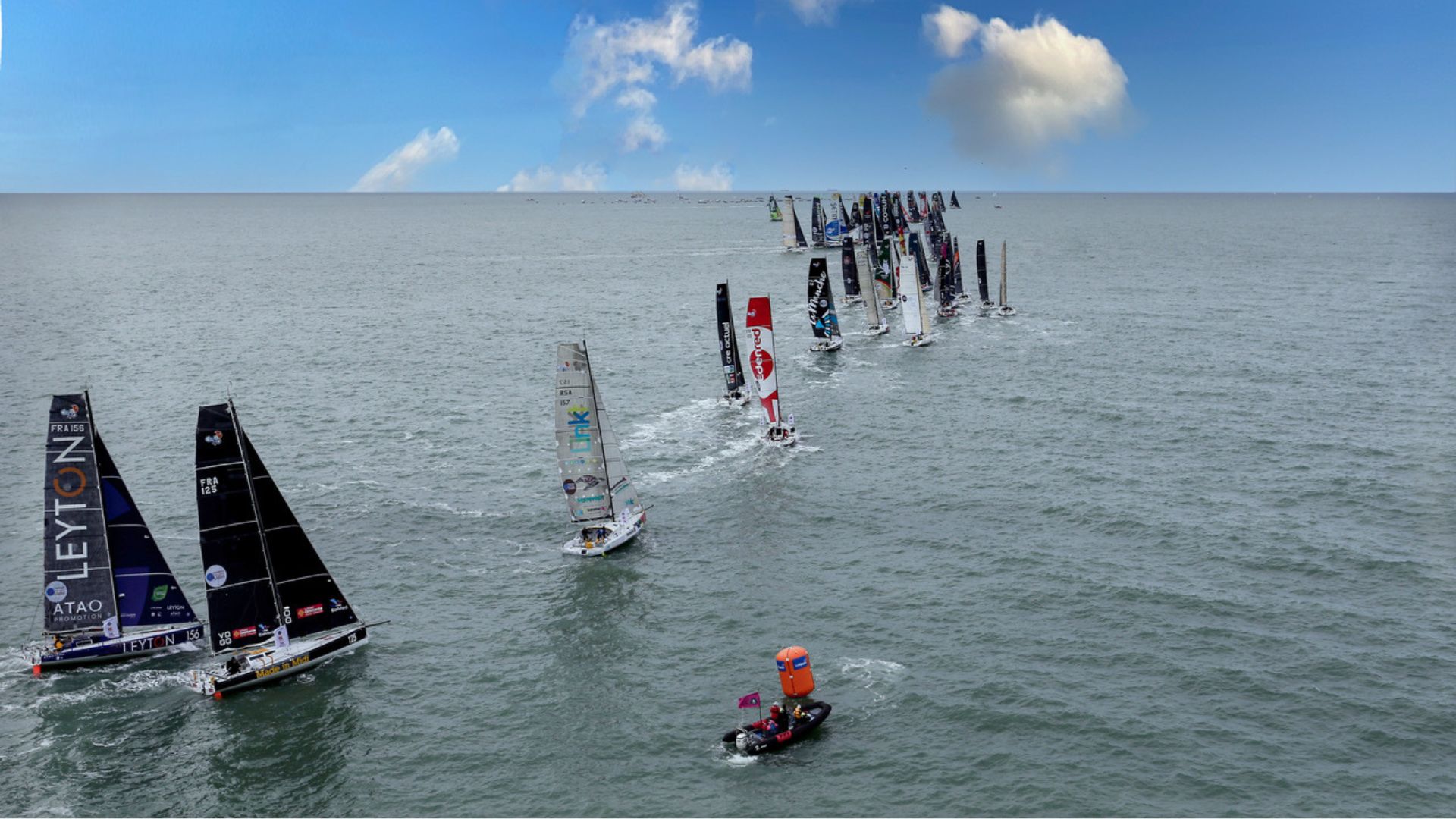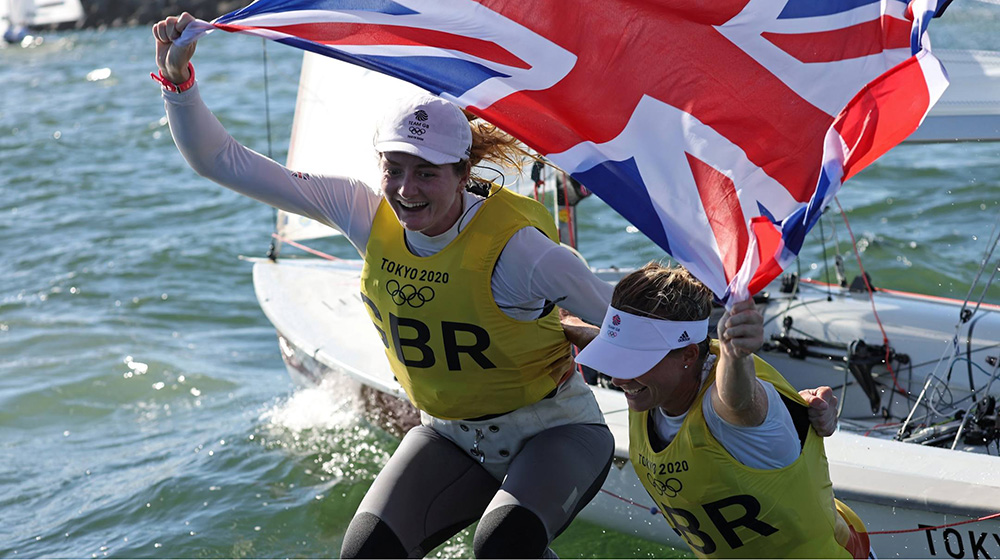
Accidents in the Ocean Race history
The Ocean Race is designed to be extremely challenging, with crews sailing through some of the most difficult oceans and unpredictable weather conditions, which adds a significant component of risk and strategy.
That is why, throughout its history, the competition has experienced several incidents and accidents, some of which have had a significant impact on the crews and the development of the race.
1973-1974
The first edition of the Whitbread Round the World Race, predecessor of the Ocean Race, experienced extremely difficult conditions in the Southern Ocean.
The success of "Sayula II" in 1973-74 has remained a milestone in the history of round the world sailing and continues to be remembered as an example of overcoming and bravery in the world of ocean racing.
The crew of Sayula II had to face severe storms and one of its crew members, Ramón Carlin, a Mexican businessman and sailor, suffered a serious head injury.
1989-1990
"The Maiden" was a unique boat in that edition, as it was led by a mostly female crew, led by Tracy Edwards.
During the second leg of the race, this boat encountered serious problems. The boat collided with a whale in the Southern Ocean, resulting in significant damage to the hull and keel. Despite the impact, the crew managed to make temporary repairs and continued in the race.
This incident highlighted the toughness and unpredictable challenges that can arise during an ocean race. The crew demonstrated resilience and determination by continuing in the competition and completing the round-the-world race.
This all-female team earned respect and admiration in the sailing community and helped change perceptions about women in the sport of ocean sailing. Such was the milestone that a documentary film was made 30 years later.
2005-2006
During the 2005-06 edition, the boat "ABN AMRO Two" experienced the loss of its mast. This incident occurred during the final leg of the race, on the approach to the coast of Sweden.
Team "ABN AMRO Two" was leading the leg and was in a favorable position to win the overall race when the boat's mast snapped. Despite this significant setback, the crew managed to handle the situation safely and professionally. After the incident, efforts were made to secure the crew and the boat, and tactical decisions were made to continue racing.
Although the team was unable to maintain its leading position after the mishap, its competent handling of the incident and ability to continue racing reflected the resilience and competitive spirit that are characteristic of round-the-world racing.
2014-2015
In November 2014, the crew of Team Vestas Wind was rescued after their vessel ran aground on a reef in the Indian Ocean, requiring evacuation.
Despite the mishap, all nine team members are in good condition and no injuries are reported following the incident. The crew's Volvo Ocean 65 struck the Cargados Carajos shoal near Mauritius.
For an extended period, the crew remained aboard the boat as it was battered by the waves and pinned to the reef, with the bow facing the ocean.
Damage was recorded on the rudder blades and a waterway flooded the stern, but the latter was able to be sealed thanks to bulkheads to contain the water ingress.
After months of recovery and repair efforts, "Team Vestas Wind" returned to the race on Leg 8, taking part in the final legs of the competition. Although the team was not in the overall standings due to the lost time, their return to competition was greeted with admiration and respect for their determination and competitive spirit.
2017-2018
During the 2017-18 edition, we experienced undoubtedly one of the worst if not the worst accident in the history of the Volvo Ocean Race. British navigator John Fisher, a member of the "Scallywag" team, suffered a tragic accident. The incident occurred on March 26, 2018, during the seventh leg of the race, which was from Auckland, New Zealand, to Itajaí, Brazil.
In circumstances not yet fully clarified, Fisher fell overboard approximately 1,400 miles west of Cape Horn, at the southern tip of South America. Despite intensive search and rescue efforts, Fisher was not located and was later confirmed lost at sea.
The Scallywag team and the Volvo Ocean Race expressed their deep sadness at the loss of John Fisher. This tragic incident highlighted the significant risks associated with ocean sailing in extreme conditions and underlined the importance of safety in this type of racing.
2022-2023
In this past edition, specifically in June of this year (2023), a collision occurred between two boats. The GUYOT environnement - Team Europe had a significant impact with the 11th Hour Racing Team after the start of Leg 7.
According to initial investigations, it appears that El Guyot lost control of its boat, with the team responsible for the accident. In statements picked up by 'Europa Press', Benjamin Dutreux, leader on board, admitted the mistake.
Charlie Enright, the skipper of the opposing team, described the situation from his perspective: "We tacked on the Layline at the fourth mark, clean and clear.... We were the right-of-way boat. The impact was very forceful, we are very lucky that everyone is okay."
Fortunately the damage caused by the collision did not go beyond material damage. All crew members on both boats were unharmed.
All these accidents in Ocean Race editions underline the extreme nature and risks associated with sailing in ocean waters during a round-the-world race. Over the years, the safety of the participants has been a constant priority, and technology and safety procedures have evolved to minimize the risks.













_v2.svg)
_v2.svg)









_v2.svg)


